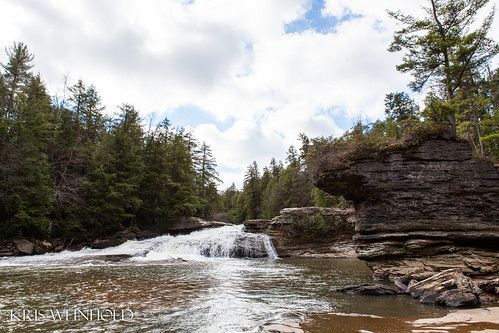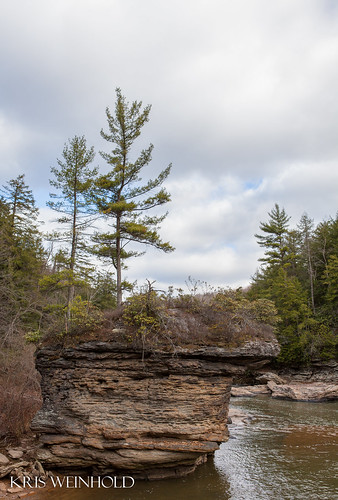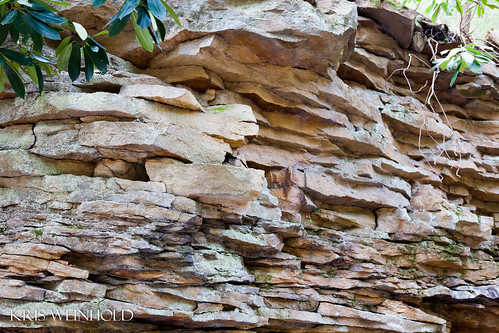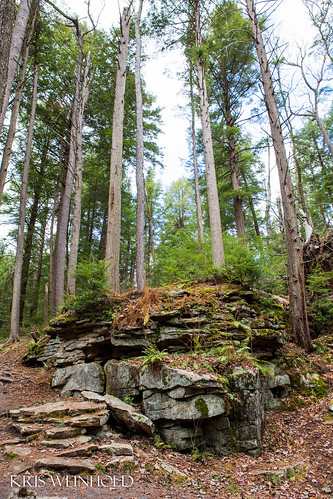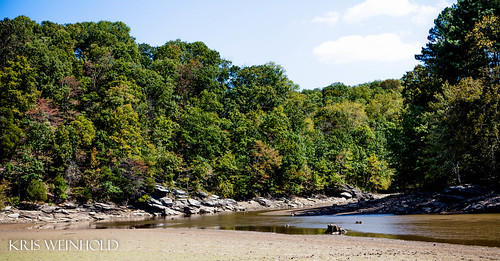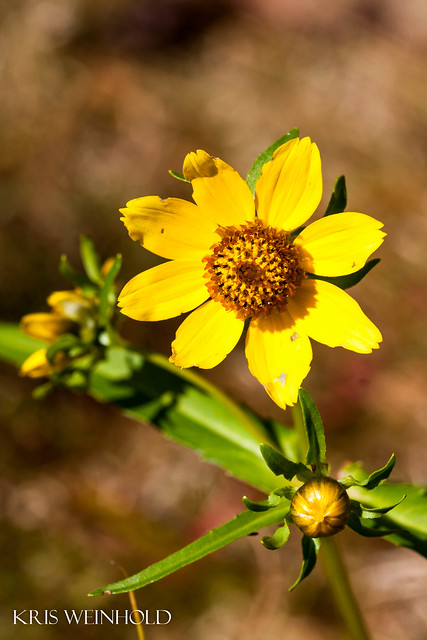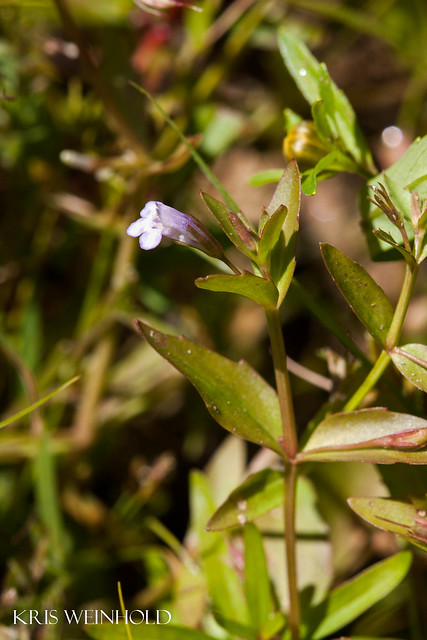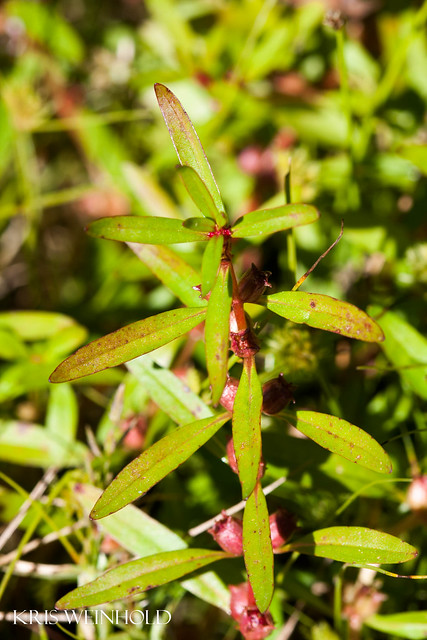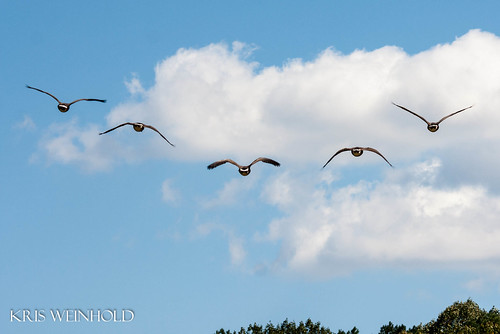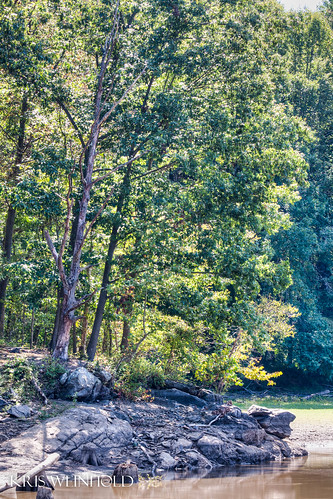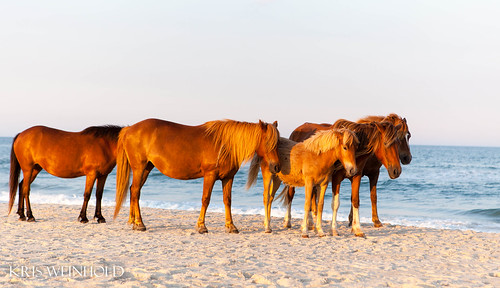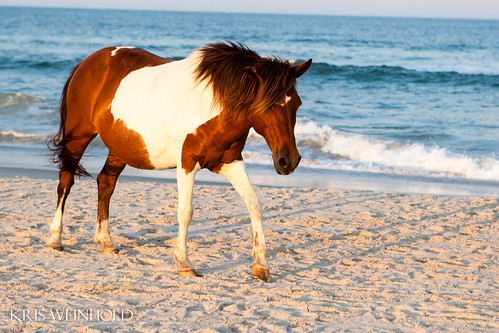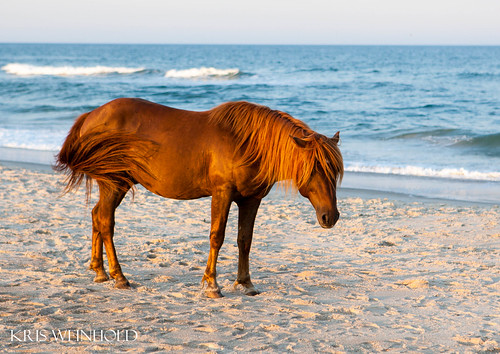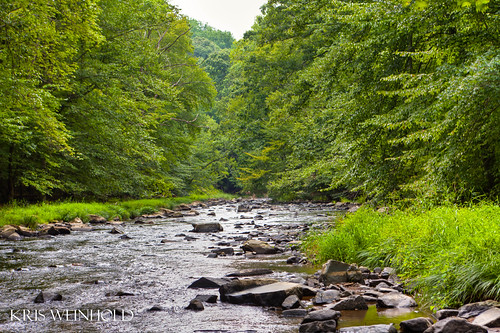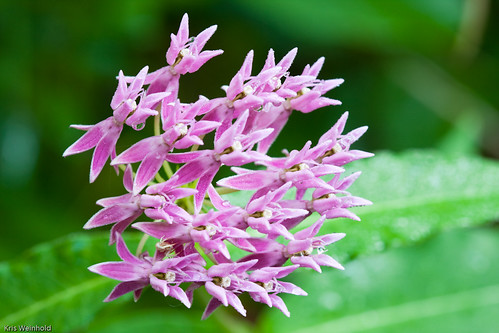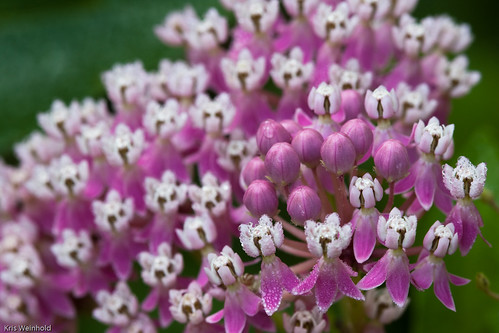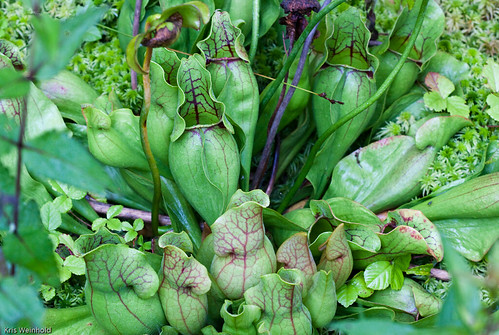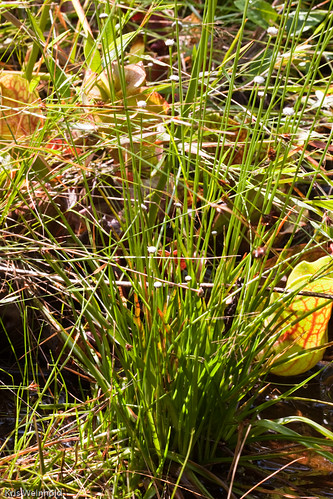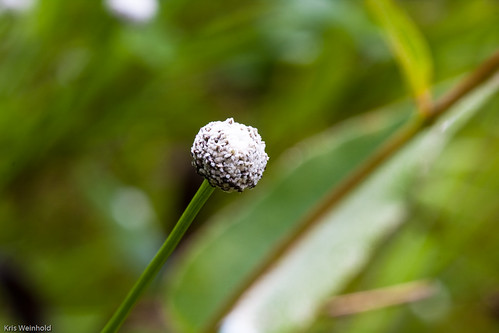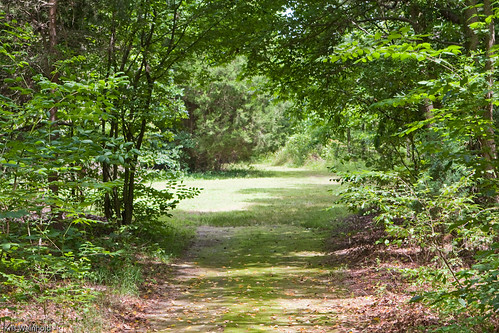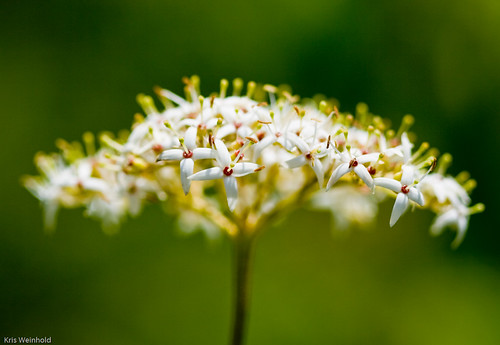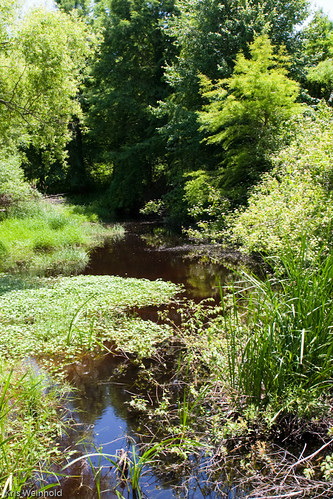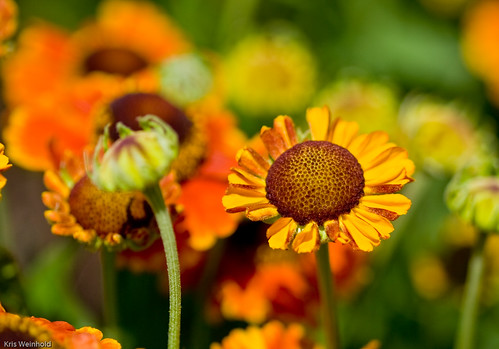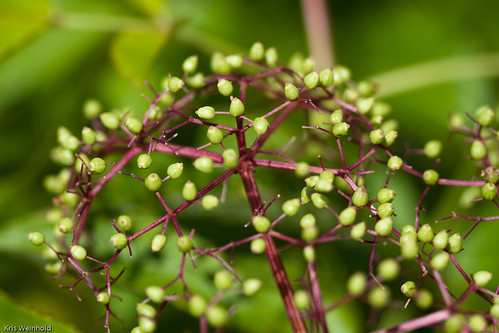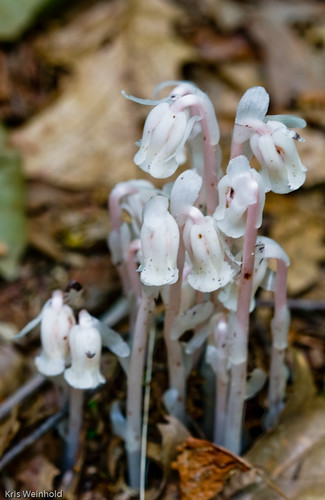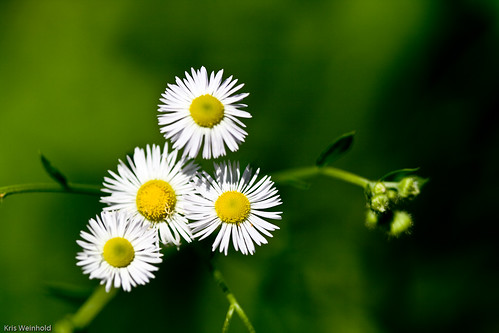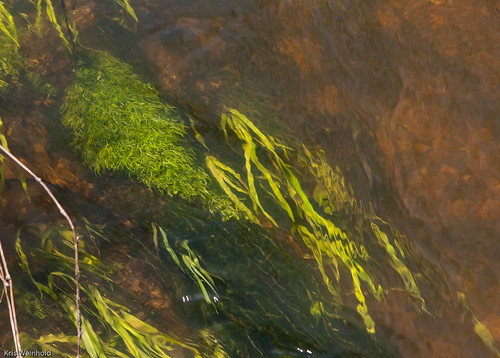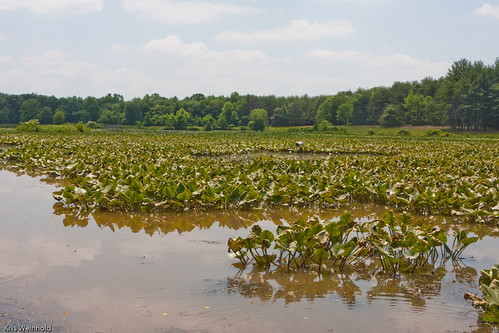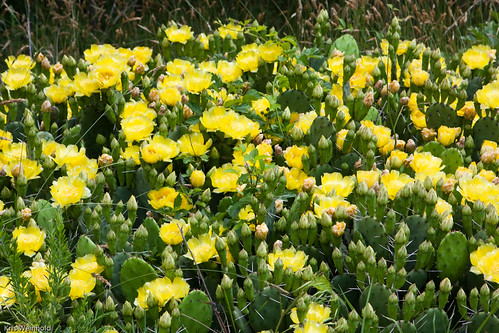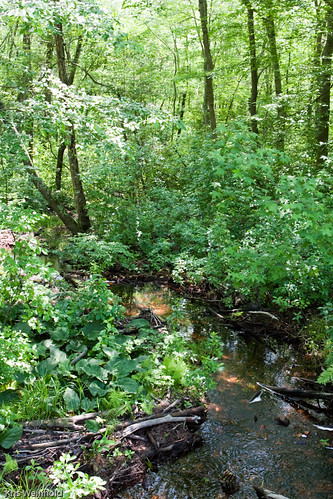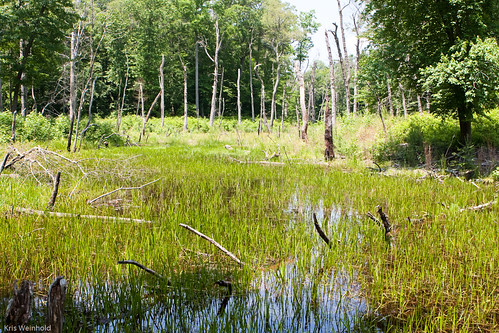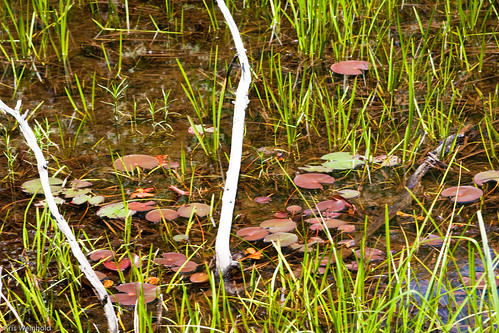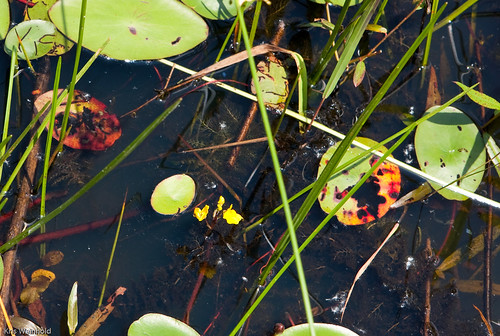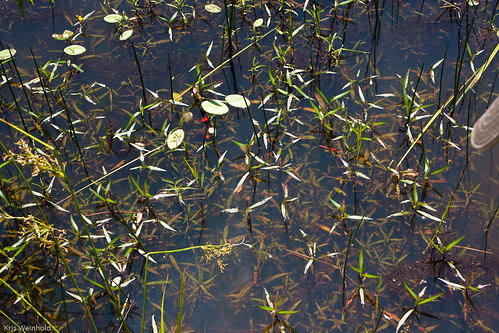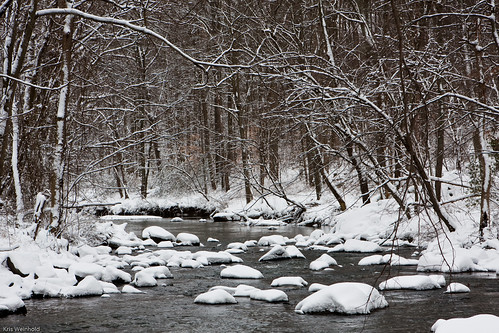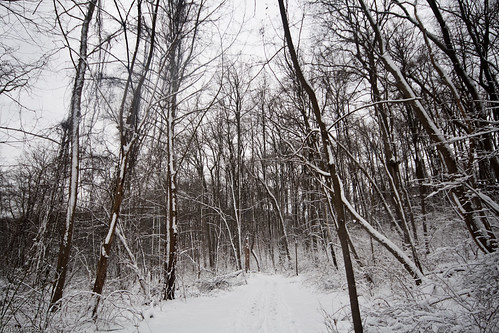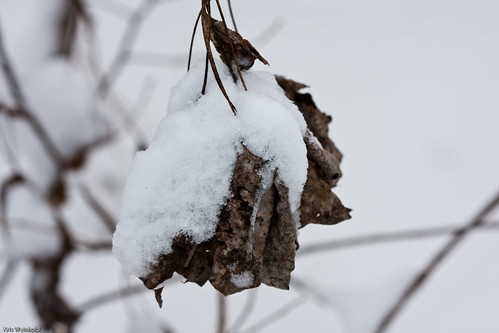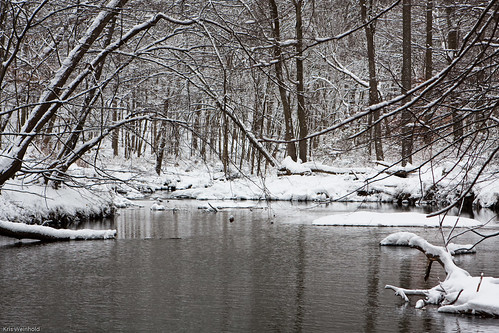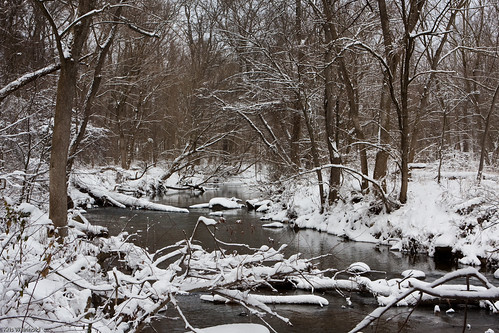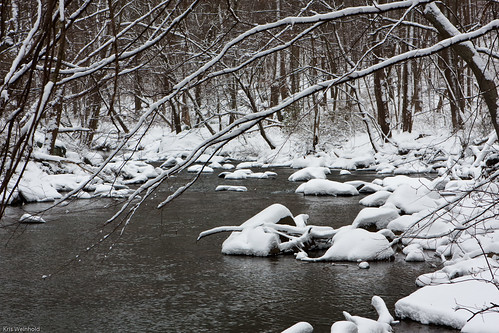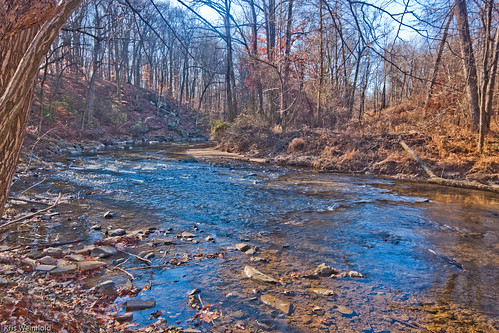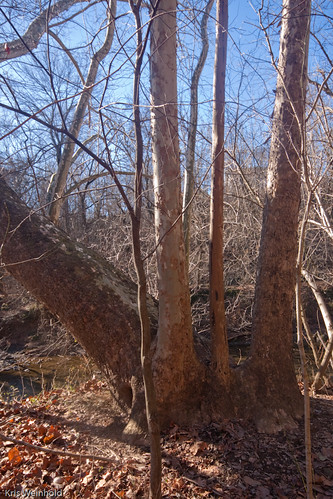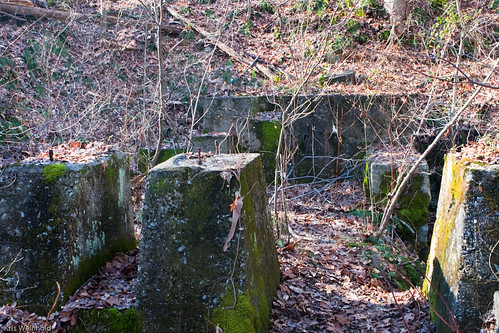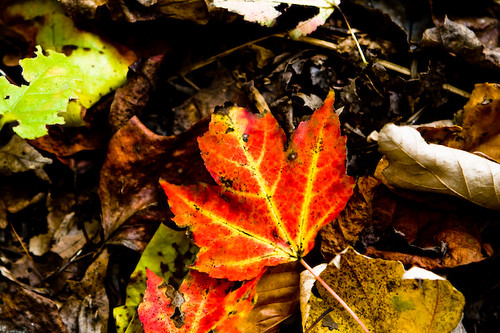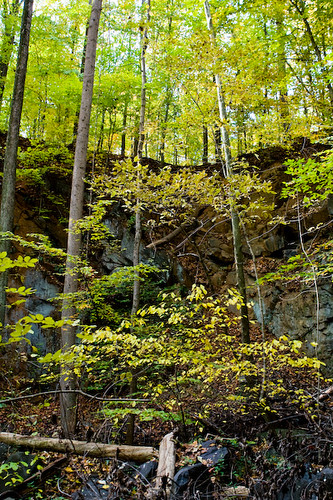Swallow Falls State Park
November 18th, 2015Over the weekend, we visited Swallow Falls State Park in Garrett County Maryland. The park features a wonderful 1.5 mile trail that follows along the Youghiogheny River and Muddy Creek, which are two beautiful white water waterways. It is also one of the few old growth hemlock forests in the area.
Swallow Falls itself is actually not a huge waterfall. Seen above
, it’s a still beautiful, but the rock formation to the right is really the more impressive feature.
This rock formation reminds me of the sea stacks on the west coast of the U.S. Seen below
, it really does stand alone will years of geologic layers of earth and rock visible.
These layers are actually present throughout the park, where huge rocks are haphazardly stack upon one another in layers that resemble many stone walls (or cichlid walls for fish fans) that people put together.
From the top of the falls, there are good views of the river downstream.
The trial has beautiful vistas of forest and rock away from the river as well, featuring ferns and moss under the hemlock canopy. Like the sea stack, this reminds me of the Olympic National Forest in Washington, just with less moss and ferns due to vast differences in annual rainfall.
Finally, despite the name of the park featuring Swallow Falls, the largest waterfall in the park (and in Maryland) is on the same trail just upstream from where Muddy Creek and the Youghiogheny River meet. Muddy Falls is impressive, falling 53 feet to a deep lagoon, surrounded by the same massive rock walls.
I’d recommend this park highly. It’s not a severely technical or long trail, but there is a lot of beauty and exploration to be had in a small area. Muddy Creek is also handicap accessible via a wooden boardwalk and scenic overlook down on the falls.
